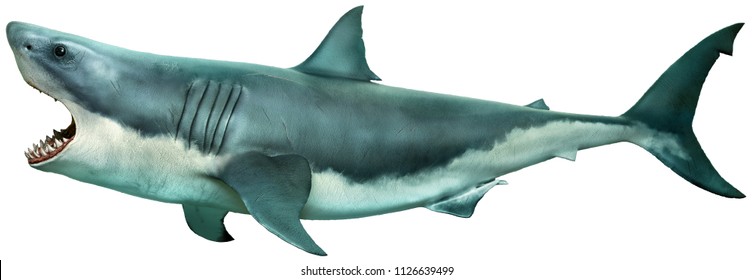
The story just won’t hang together.”įrom their scans, the researchers discovered several new aspects about how shark intestines function. It would be like trying to understand what was reported in a newspaper by taking scissors to a rolled-up copy. “Intestines are so complex, with so many overlapping layers, that dissection destroys the context and connectivity of the tissue.

“CT scanning is one of the only ways to understand the shape of shark intestines in three dimensions,” said co-author Adam Summers, a professor based at UW Friday Harbor Labs who has led a worldwide effort to scan the skeletons of fishes and other vertebrate animals. Samantha Leigh/California State University, Dominguez Hills This video shows the soft tissue of a Pacific spiny dogfish spiral intestine, rotated and viewed from different angles. “We developed a new method to digitally scan these tissues and now can look at the soft tissues in such great detail without having to slice into them.”

“It’s high time that some modern technology was used to look at these really amazing spiral intestines of sharks,” said lead author Samantha Leigh, assistant professor at California State University, Dominguez Hills.
Sharks 3d series#
Now, researchers have produced a series of high-resolution, 3D scans of intestines from nearly three dozen shark species that will advance the understanding of how sharks eat and digest their food. Even less is known about how they digest their food, and the role they play in the larger ocean ecosystem.įor more than a century, researchers have relied on flat sketches of sharks’ digestive systems to discern how they function - and how what they eat and excrete impacts other species in the ocean. Elizabeth Roberts/Wikimedia CommonsĬontrary to what popular media portrays, we actually don’t know much about what sharks eat. These sharks have a spiral-shaped intestine that allows them to digest food more slowly and with less energy.

Three smooth dogfish sharks (Mustelus canis).


 0 kommentar(er)
0 kommentar(er)
